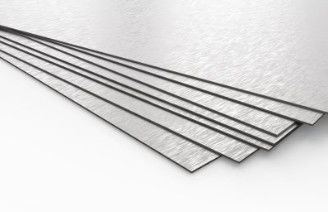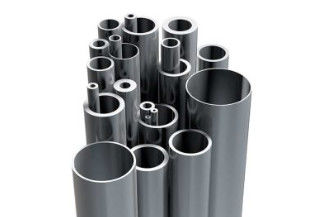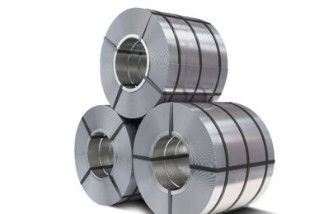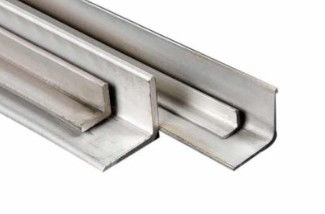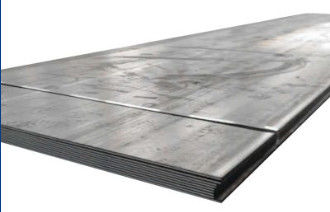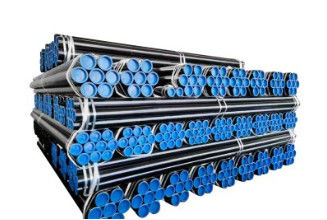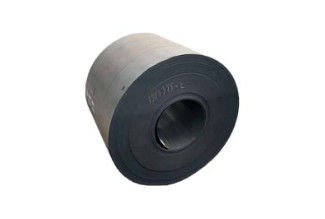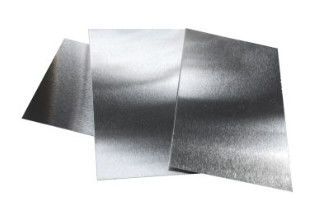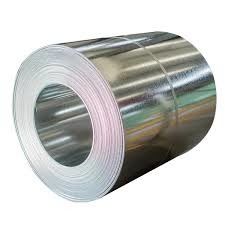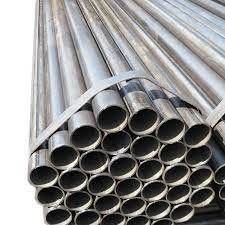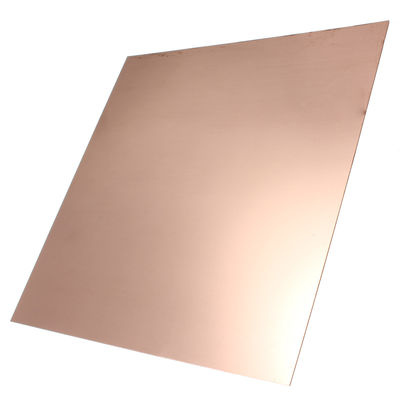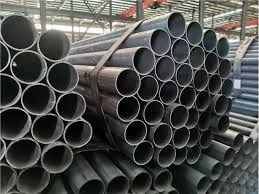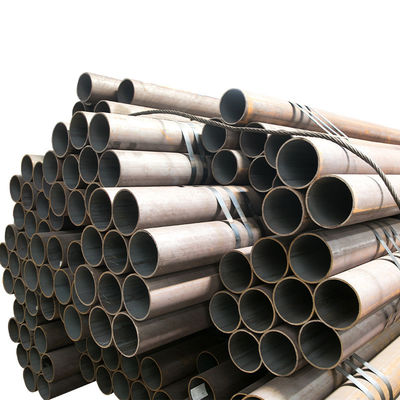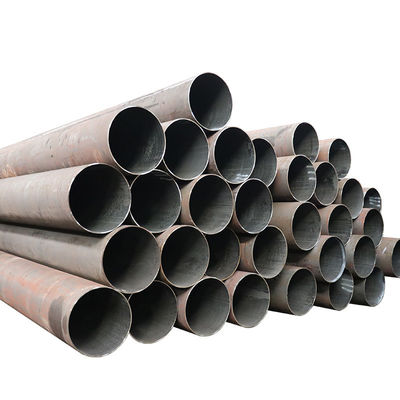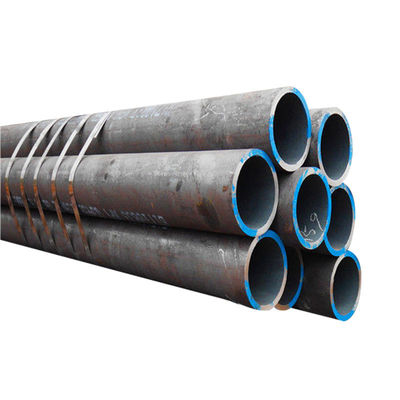ASTM A234 Carbon Pipes Versatile and Durable Solution for Diverse Applications

Description
ASTM A234 is a widely recognized standard specification for carbon and alloy steel fittings, valves, flanges, and other components used in high-temperature and high-pressure applications. The ASTM A234 standard ensures the durability, versatility, and high performance of carbon pipes used across various industries. This detailed product description will explore the key features, applications, and benefits of ASTM A234 carbon pipes.
Material Composition
ASTM A234 carbon pipes are manufactured from high-quality carbon steel, which provides a balance of strength, ductility, and machinability. The key elements in the composition of ASTM A234 carbon pipes include:
|
C
|
0.3-0.6%
|
|
Mn
|
0.6-0.9%
|
|
Si
|
0.15-0.3%
|
|
S
|
0.05%
|
|
P
|
0.04% |
Mechanical Properties
ASTM A234 carbon pipes are designed to offer excellent mechanical properties, ensuring their suitability for a range of demanding applications. The key mechanical properties include:
Tensile Strength: The pipes exhibit high tensile strength, making them capable of withstanding significant stress and pressure.
Yield Strength: The yield strength of ASTM A234 carbon pipes is sufficient to handle high-pressure environments without deformation.
Ductility: The pipes maintain good ductility, allowing them to be formed and machined into various shapes without compromising their structural integrity.
Impact Toughness: ASTM A234 carbon pipes are designed to perform well under impact loading conditions, ensuring reliability in dynamic environments.
Specifications and Standards
ASTM A234 carbon pipes are manufactured in accordance with the ASTM A234/A234M standard, which specifies the requirements for carbon and alloy steel fittings used in pressure piping and pressure vessel service. The standard includes specifications for:
Pipe Sizes: Available in various diameters and wall thicknesses to suit different applications.
Grades: The standard covers multiple grades of carbon steel, including Grade WPB and WPC, each with specific chemical and mechanical properties.
Testing Requirements: Pipes must undergo rigorous testing to ensure they meet the specified mechanical and chemical properties. Tests include hydrostatic testing, tensile testing, and impact testing.
Applications
ASTM A234 carbon pipes are used in a wide range of applications due to their versatile nature and durability. Key applications include:
-
Oil and Gas Industry: Used in pipelines and fittings for transporting oil and gas over long distances.
-
Chemical Processing: Employed in chemical plants for handling corrosive and high-temperature fluids.
-
Power Generation: Utilized in power plants for steam and water transport in high-pressure and high-temperature environments.
-
Construction: Used in structural applications and as part of HVAC systems in commercial and industrial buildings.
-
Manufacturing: Applied in various manufacturing processes, including the production of machinery and equipment.
Benefits
The ASTM A234 carbon pipes offer several benefits, including:
-
Versatility: Suitable for a wide range of applications across different industries.
-
Durability: High resistance to wear, tear, and impact, ensuring a long service life.
-
Cost-Effectiveness: Carbon steel pipes are generally more cost-effective compared to other materials, making them a preferred choice for budget-conscious projects.
-
Ease of Fabrication: Carbon pipes can be easily welded, cut, and machined to meet specific requirements.
-
High Performance: Capable of withstanding high temperatures and pressures, making them reliable in demanding environments.
Conclusion
ASTM A234 carbon pipes represent a robust and versatile solution for various industrial applications. Their high mechanical properties, durability, and adaptability make them an essential component in many critical systems and structures. By adhering to the ASTM A234 standard, these pipes ensure consistent quality and performance, meeting the rigorous demands of high-temperature and high-pressure environments.
For more information or to request a quote, please contact our sales team. We are committed to providing high-quality ASTM A234 carbon pipes to meet your specific needs and requirements.
Packing and Shipping:

Product Packaging:
The carbon steel pipe tube product will be packaged in standard wooden boxes. Each box will contain pipes of the same size and thickness. The boxes will be securely closed and labeled with the product details and dimensions for easy identification.
Shipping:
The carbon steel pipe tube product will be shipped via sea or air freight, depending on the customer's preference and urgency of delivery. We will work with reliable shipping companies to ensure timely and safe delivery of the product to the customer's specified destination.
FAQ:
Carbon Steel Pipe Tube is a type of steel pipe that is made of carbon as the main alloying element. It is suitable for various industrial applications due to its excellent strength and durability.
Q: What are the different types of Carbon Steel Pipe Tube?
There are two types of Carbon Steel Pipe Tube - seamless and welded. Seamless Carbon Steel Pipe Tube is made without any welding process, while welded Carbon Steel Pipe Tube is made by welding the seams together.
Q: What is the standard length of Carbon Steel Pipe Tube?
The standard length of Carbon Steel Pipe Tube is usually 6 meters or 20 feet. However, it can be customized according to the specific requirements of the customer.
Q: What is the temperature range for Carbon Steel Pipe Tube?
Carbon Steel Pipe Tube can withstand high temperatures ranging from -29°C to 450°C. However, the temperature range may vary depending on the specific type of Carbon Steel Pipe Tube and its application.
Q: What are the advantages of using Carbon Steel Pipe Tube?
Carbon Steel Pipe Tube has several advantages over other materials, such as its strength, durability, and ability to withstand high temperatures. It is also cost-effective and easy to maintain. Additionally, it is resistant to corrosion and can be used in various industrial applications.

 Your message must be between 20-3,000 characters!
Your message must be between 20-3,000 characters! Please check your E-mail!
Please check your E-mail!  Your message must be between 20-3,000 characters!
Your message must be between 20-3,000 characters! Please check your E-mail!
Please check your E-mail! 
